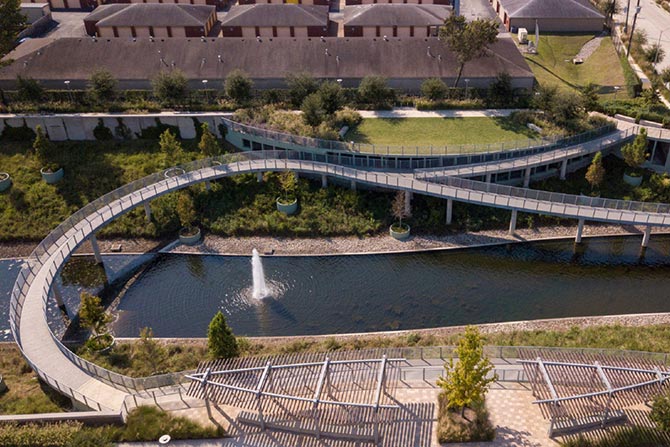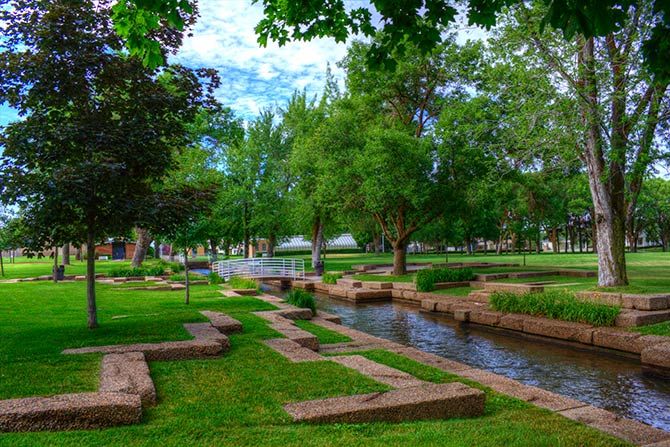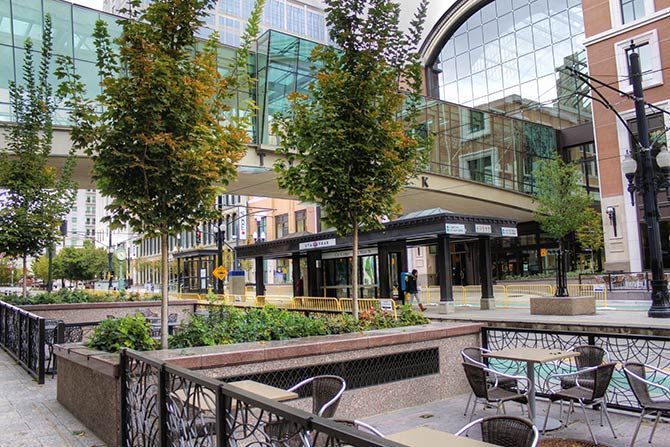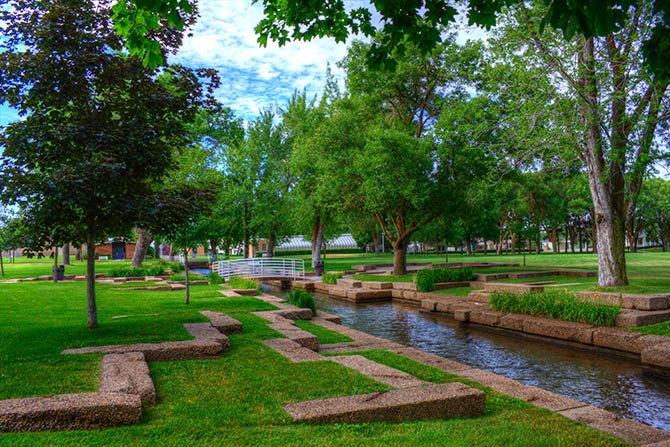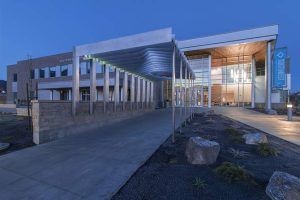Think of the last time you went on a trip or vacation to somewhere new. Where did you go? Odds are, you probably budgeted in time to visit a few iconic “bucket-list” locations. If you had visited New York, these might have included Central Park, the Empire State Building, the 9/11 Memorial, the Statue of Liberty and many more. So why is it that we are drawn to such places? History, culture and a host of other reasons that we might come up with are surely reasonable explanations, but there is one thing that each has in common. All of these sites were brought into reality and made accessible to the world through the vision and collaboration of creative minds of the past. None would be possible without the support of a thoughtful and committed design team. So, what is it that we want you to know about us? We are your best partners in creating such places. The unique perspectives of landscape architects and architects are perfect complements to each other, and here are just a few of the many reasons why.
Big Picture Thinkers
Landscape architects are trained to look at the big picture of project sites and their landscape systems. We unpack a project site to find out what opportunities and constraints exist around a project that could add value or detract from the site. We are good at locating landmark buildings on highways so they appear to grow out of the site or can be seen centered on highway view corridors.
Landscape architects help large-scale planning goals be manifested on the site scale. Landscape architects are frequently involved in area and regional planning, which provides opportunities to explore various architectural designs. It’s essential to ensure that the flow of outdoor spaces complements the internal flow of the building, creating a seamless transition between the indoors and outdoors. Additionally, landscape architects strive to promote connectivity within the community by designing outdoor spaces that encourage social interaction and engagement. By working together, architects and landscape architects can create a harmonious and cohesive design that integrates the built and natural environments, providing a truly exceptional experience for users.
Creative Solutions
Consider landscape architects as a valuable resource, as we have the expertise to offer innovative solutions that enhance the environment while often being significantly more cost-effective than other, more obvious design solutions. By leveraging our knowledge and creativity, we can provide unique and sustainable solutions that beautify the landscape and offer practical benefits to the community.
For example, at Ogden-Weber Technical College, a piped canal ran through the campus, but unfortunately, the pipe was not strong enough to support heavy equipment driving over it. As a result, the pipe collapsed multiple times during maintenance equipment crossings. Initially, the plan was to replace the pipe with a stronger and deeper one. However, our team of innovative landscape architects proposed a cost-effective solution — opening up the canal and transforming it into a shallow water feature. The feature was created using concrete sitting blocks designed to look rustic by exposing the aggregate and knocking off corners. This project was a resounding success and even received a national ASLA award for its creativity. The newly transformed canal area has become a favorite spot among students to hang out, relax, and study.
Collaborators/Team Players
Working together, we add excellent value to your clients. Bringing different strengths and resources to the table makes teaming with landscape architects priceless.
When City Creek Center wanted fish to be part of the project, landscape architects brought in an Ichthyologist (fish guy) to help. Together, we created a fish habitat that included all the water characteristics that fish need to thrive. This was challenging because the project location was flat (water needs a slope to flow) with only an 18” depth above the parking structure below to work with. Landscape architects coordinated with owners, retailers, various architects, structural, mechanical, and electrical engineers, and other specialty consultants to make this project successful.
The City Creek Streetscape project required coordination with many municipalities, more than 60 consultants, owners and retailers. The most critical coordination was with the architects to align their building’s threshold elevations to match the streetscape, which did not have the flexibility to move vertically. Since the architects were in close collaboration with the landscape architect, the interface between building entries and the pedestrian plaza was executed with a seamless articulation. Had there not been such a close level of teamwork, an undesirable step would have been required.
In our realm of work, we are continuously collaborating with the Army Corps of Engineers, Canal Companies, the State Division of Natural Resources, State Water Rights Departments and State Engineers to garner approval to improve natural stream habitats through restoration projects.
Using Grading as a Design Opportunity
Landscape architects are uniquely trained to study topography and grading solutions in a quick and iterative manner. Other disciplines tend to rely on rigid computerized tools for studying grading, but such tools can be unnecessarily time intensive and lack the valuable early design exploration found in the landscape architect’s quick hand-sketched studies. Additionally, relying on computerized programs for grading tends to be overly focused on function and overlooks aesthetic improvements and other programming opportunities. Consider the Conrad Sauer Detention Basin in Houston, TX, designed by OJB. While other disciplines may have resolved the urban stormwater issues on site with a typical rectangular grass-lined detention basin, the landscape architects studied the site holistically and transformed the space into a striking floodable public amenity, filled with winding multi-use trails, shaded seating areas, and beautiful planted terraces, all while successfully addressing the site’s stormwater management needs.
Outdoor Gathering Space Creators
Because landscape architects understand various manmade and natural systems, they know how to create unique outdoor spaces, from river trail systems to urban courtyards. Landscape architects are adept at working with teams of designers to create large formal gardens integrated with buildings to natural flowing river systems coordinated with the natural environment and wildlife habitats.
For example, we created gathering places along the City Creek Streetscape to break the wide streets, enhance the shopping experience, and create cultural and outdoor spaces. Inside City Creek, we created fishing ponds connected with spawning gravel streams that reduce fishermen’s noise so that adjacent ponds find fishing successes.
As landscape architects, we are constantly changing the fabric of our cities. We foster community partnerships and incorporate public involvement to ensure inclusivity in outdoor spaces. The success of our outdoor spaces promotes the success of your indoor spaces. We are your best partners. Think about teaming with a landscape architect when you want to look at the bigger picture. Think about us when your project requires creative, cost-effective solutions. Someday soon, we’ll work together to create another “bucket list” project that people will travel to see for generations to come.
